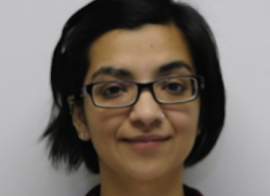
Shonali Dhingra (PhD '15)
Shonali Dhingra (PhD ’15) works as a postdoc in the field of Neurophysics at UCLA. There, she studies the Hippocampus, the center for Learning and Memory, in the rat brain using electrophysiology. At Pitt Shonali received an award from the Pittsburgh Quantum Institute in 2011.
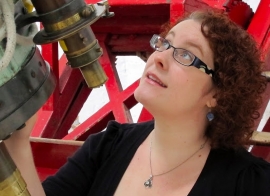
Anna Quider (BS '07)
Anna Quider (BS '07), after earning her PhD at the University of Cambridge, is now the Assistant Vice President at Northern Illinois University. She is an astrophysicist who acts as both a speaker and writer on research, science policy, and astronomy for conferences, educational institutions, the Smithsonian Institute, the U.S. Embassy, and more.
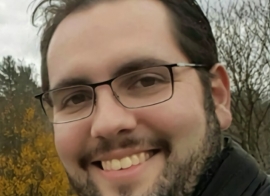

Patrick Gallagher (PhD '91)
Gallagher holds a PhD in physics from the University of Pittsburgh. He served as the University of Pittsburgh's 18th chancellor from 2014 to 2023. In this position, he worked to advance the University's legacy of academic excellence, collaboration, and research innovation.
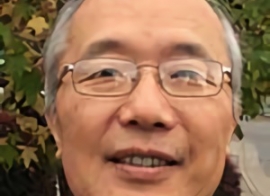
I-Yang Lee (PhD '74)
Dr. I-Yang Lee won the 2016 Tom W. Bonner Prize in Nuclear Physics for seminal contributions to the field of nuclear structure through the development of advanced gamma-ray detectors as realized in the Gammasphere device, and for pioneering work on gamma-ray energy tracking detectors demonstrated by the Gamma-ray Energy Tracking Array (GRETINA). He contributes as a Senior Staff Scientist to the Nuclear Structure Group at the Lawrence Berkeley National Laboratory.
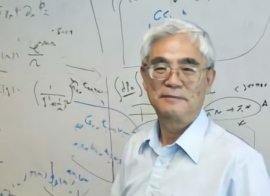
Harry Lee (PhD '73)
Harry Lee (PhD '73) works as a Senior Physicist at Argonne National Laboratory. Lee has held various Committee positions consisting of Chair, Organizing Committee, Fall Meeting, Division of Nuclear Physics, American Physical Society and Exectuive and Program Committee, Divison of Nuclear Physics, American Physical Society.
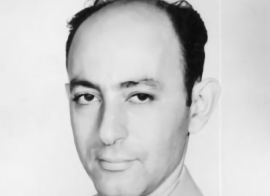
Sidney Dancoff (PhD '73)
Dancoff worked on the theory of the newly invented nuclear reactors. To take into account how fuel rods could shadow other rods by absorbing neutrons headed toward the other rods, he and M. Ginsburg developed the Dancoff factor, still used in reactor calculations.

Peter Pusey (PhD '69)
Peter Pusey (PhD '69) works as an Emeritus Professor of Physics at the School of Physics and Astronomy of the University of Edinburgh. Pusey was awarded the Rhodia Prize by the European Colloid and Interface Society for his Outstanding contributions in the experimental study of dynamically arrested (glassy) particulate matter, especially in relation to hard sphere fluids with added polymer.
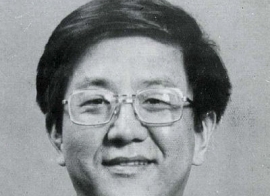
Benjamin W. Lee (MS '58)
Benjamin W. Lee (1935-1977) was a renowned theoretical physicist and pioneer in the standard model. Lee graduated from the University of Pittsburgh with his Masters of Science in 1958 and later received his PhD from the University of Pennsylvania. He was elected a fellow of the American Academy of Arts and Science in 1976. David Politzer said in his 2004 Nobel Lecture that no one understood the renormalization of spontaneously broken gauge symmetry; rather “we all learned it from Ben Lee.”
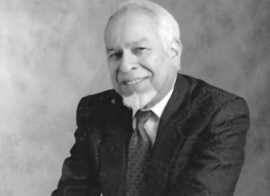
Kamal Seth (PhD '57)
At the Brookhaven National Laboratory, Kamal Seth's collaboration discovered the first hybrids, exotic constructs of QCD containing valence quarks and gluons. At CERN he made the definitive search for the more exotic glueballs, containing only gluons. Experimental study of exotic combinations of valence quarks and gluons, glueballs, and charmonium. Seth's awards include Recipient for the Alexander Von Humboldt Prize and Fellow, American Physical Society.
Donald Anderson Edwards (PhD '52)
Dr. Edwards received his Ph.D. from the University of Pittsburgh in Physics with a focus in X-Ray diffraction crystallography. He first acted as Professor and Chair of the Department of Physics at Lincoln University, then became the founding Chair of the Department of Physics at North Carolina A&T State University. In 1972, an awards banquet—a Day of Scientific Lectures and Seminars (DOSLAS)—was created to recognize accomplishments of specific members of the African American physics community; Dr. Edwards was one of the first three physicists honored. From this banquet, the National Society of Black Physicists (NSBP) was founded.
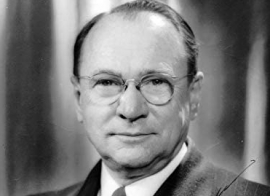
Vladimir Zworykin (PhD '26)
Zworykin is often described as "the father of television". These basic technologies revoluntionized television and led to the worldwide adoption of electronic television rather than mechanical television, a devide which used synchronized moving parts to generate rudimentray pictures.